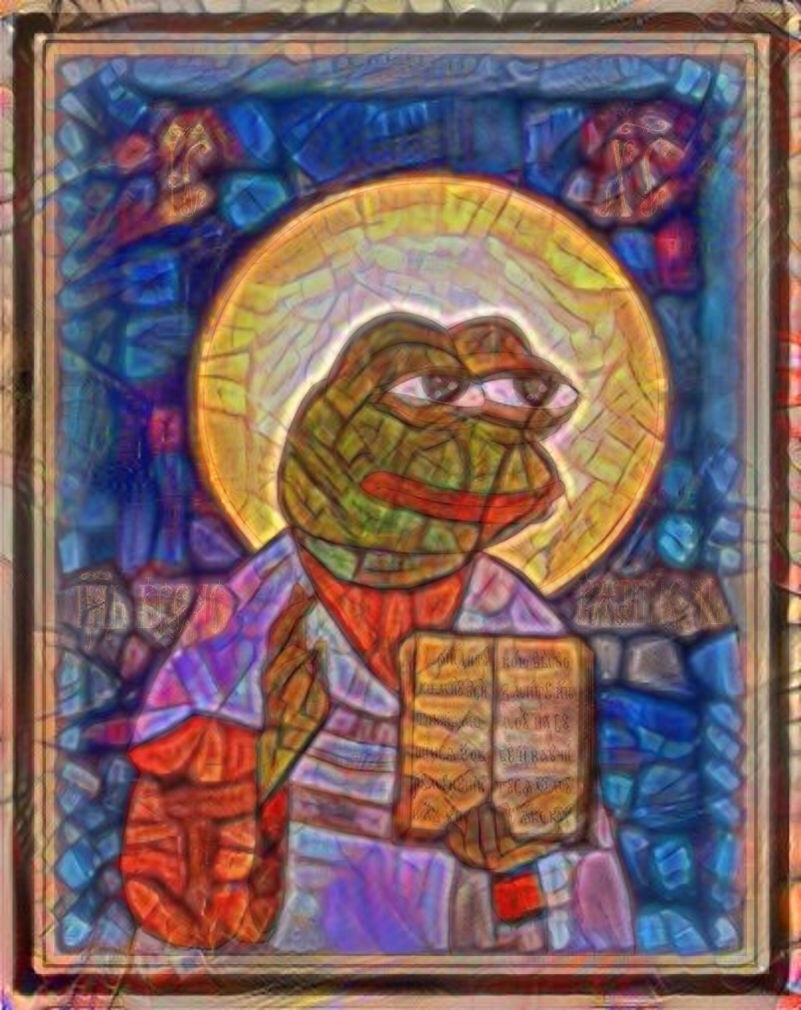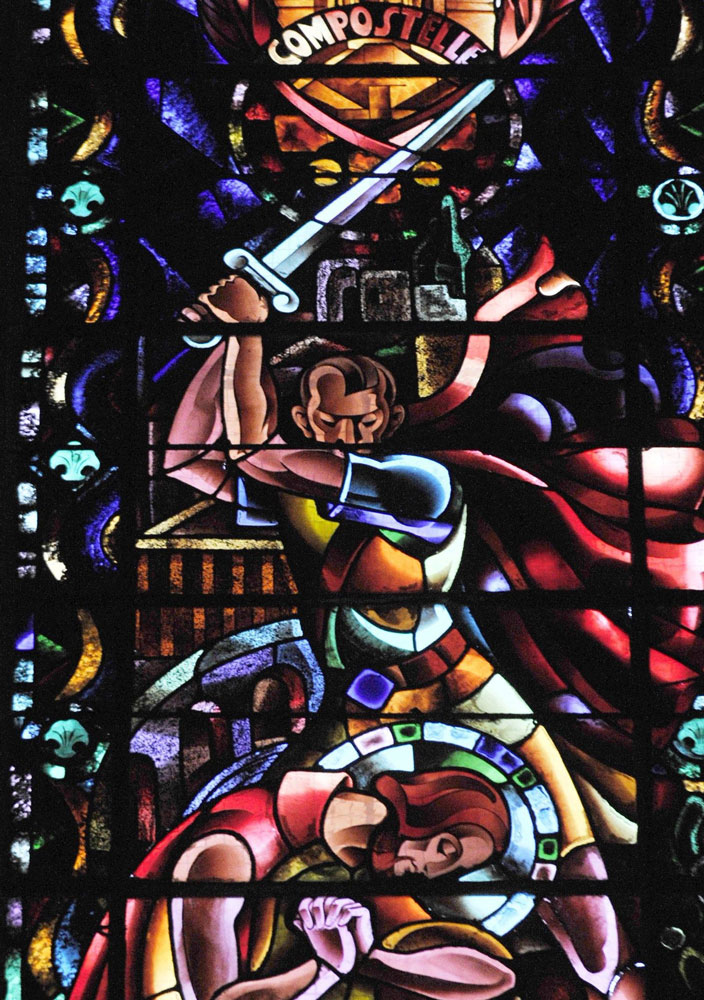Inside the book.
Who owns the past?
History is humanity’s way of thinking about our collective past. Because history is such an important part of our culture, it can also be used as weapon. People use history to claim that they are better than others, or that they are unique descendants of genius and greatness. Every oppressive government, murderous empire, extremist religion, and bigoted hate group has used history to try to justify their atrocities.
They claim that people with a different race, gender, nationality, religion, or sexual orientation are less worthy, or even less human. When they cannot use the real past, they twist it. And when they can’t twist it, they make it up.
Why bother with the past? Because claiming history, even an imaginary history, can give you power in the present.


The problem...
Why the Middle Ages?
The medieval world looms large in our culture. Whether it’s imagined as the dark and dreary “Dark Ages” or the golden pinnacle of knightly virtue, people look to the Middle Ages. They look to find escapist fantasy, a heroic ancestry, or in an attempt to find humanity’s “natural” state.
Medieval history has an especially dangerous legacy of being used to justify evil: Slavers in the Americas imagined themselves as medieval “knights” and “ladies” ruling over their feudal subjects. Nationalists claimed to have the “medieval” right to conquer their neighbors or colonize the world. Misogynists and homophobes have long used “medieval” gender roles to restrict people’s behavior and bodies. Islamophobes and antisemites see medieval pogroms and crusades not as the horrors they are, but as the “good old days.”
And worse...
This is still happening today.
The neo-Nazi “alt-Right,” Christian dominionists, misogynists, Islamophobes, antisemites and other extremists use myths about the Middle Ages to terrorize others today. The toxic Middle Ages have been splayed across the internet, in bigoted memes and on racist message boards. Fantasies of knighthood and new crusades are inscribed all across right-wing chat rooms. They are all over the signs carried at right-wing marches. And it’s not just talk: the same messages have been written in the manifestos and on the weapons of terrorists and mass murderers.


But...
There is a better way.
The history that hatemongers are selling isn’t the history we know to be true. The real Middle Ages were more tolerant, more diverse, more inclusive, and more progressive than they would have you believe. The medieval world was no utopia, to be sure. It was full of both light and darkness, and contradictory, complex people with a wide range of beliefs, experiences, and backgrounds. Just like today.
Learn to see the Devil’s Historians’ lies for what they are. They don’t own the past. We all do.



